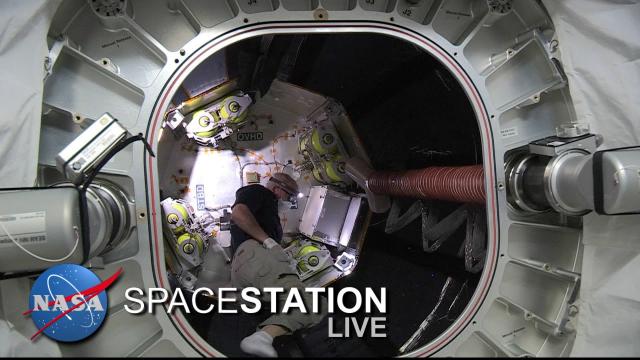Outer Space & Universe
Outer Space & Universe
Space, also known as outer space, is the near-vacuum between celestial bodies. It is where everything (all of the planets, stars, galaxies and other objects) is found.
On Earth, space begins at the Kármán line (100 km above sea level). This is where Earth's atmosphere is said to stop and outer space begins. This is not a firm boundary but is a convention used by scientists and diplomats.
Items in space are free to move back and forth; up and down; and left and right. These three dimensions are what make 3D space. Items also move forward through time, which is sometimes called the fourth dimension.
The majority of space contains very little matter and so most of it is a vacuum. Scientists do not know how big space is but we do know that space is extremely big, and is always expanding.
According to the big bang theory, all matter and energy in the Universe was compressed into a very small space. Then it exploded and started expanding. Space is still growing in size today; this means the distance from one galaxy to distant galaxies is getting longer.
Gravity is the force that keeps the Moon in orbit around the Earth and the planets in orbit around the Sun. Gravity can stretch and bend space similar to how a heavy ball placed on a stretched sheet of rubber will cause the rubber to stretch. The scientist who discovered that space can bend is named Albert Einstein. How gravity bends space is part of his theory of general relativity.
Astronauts, Cosmonauts, Taikonauts and Spationauts
An astronaut is any person who is trained by NASA to travel and perform tasks in space. Although the space traveler may not necessarily be a United States citizen, each astronaut does go through a rigorous training regiment by the National Aeronautics and Space Administration. Other space travelers go by other names then astronaut depending on their country of origin.
In the United States, astronaut is derived from the Greek words ástron (star) and nautis (sailor). While, in Russia, a space traveler goes by the name космонавт (English: cosmonaut), which is derived from the Greek words kosmos (universe) and nautis (sailor). Westerners call a space traveler from China a taikonaut, based on the 1998 writings of Chiew Lee Yik and Chen Lan where the term tàikōng (great emptiness), Chinese for “space”. In China, the term yuháng yuán (universe navigator) is used for space traveler.
Only the United States of America (United States), Russia (earlier, the Union of Soviet Socialist Republics), and the People’s Republic of China (China) have sent manned spacecraft into space. Other countries have assisted these countries by sending their own space travelers on space missions. For instance, a French space traveler is called a spationaut (from the French word spationaute), which is derived from the Latin spatium (space) and Greek nautis (sailor). (plural in Greek nautes = sailors)
-
02:46
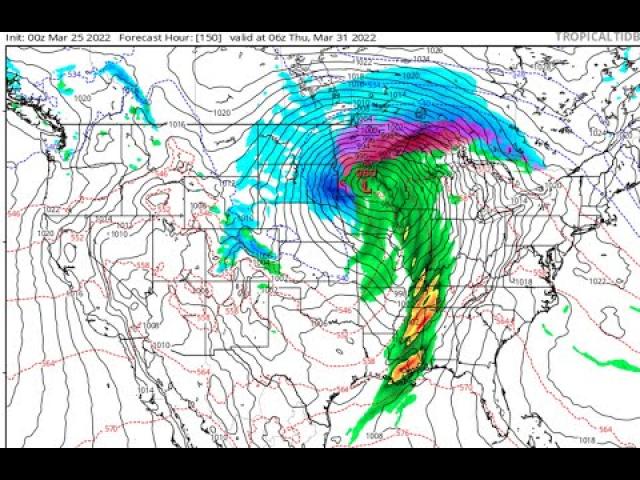
The Next* BIG* Storm USA: End of March?!*
Added 109 Views / 0 LikesHEY WEATHER NERDS I THINK THIS IS INTERESTING.may God bless you & everyone else.Stay Cool.Spring 2022T
-
05:07

The Sun totally Freaks out in Christmas Green & Red - Panic Cuddle NOW!
Added 984 Views / 0 LikesThe Sun totally Freaks out in Christmas Green & Red - Panic Cuddle NOW!
-
03:10
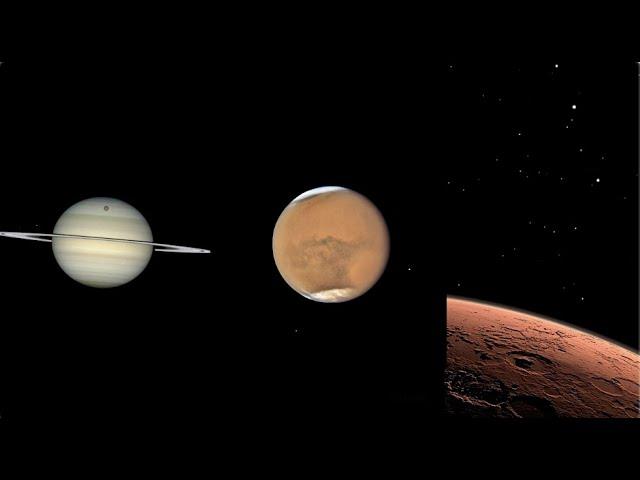
Planets and the moon in July 2020 skywatching - How to find them
Added 367 Views / 0 LikesJupiter, Saturn and the moon are prominent in the night sky early in the month, Also, find out where to find Mars in the month that NASA and others may launch to Red Planet. Night Sky Guide: July 2020: https://www.space.com/16149-night-sky.html)Credit: NA
-
01:03
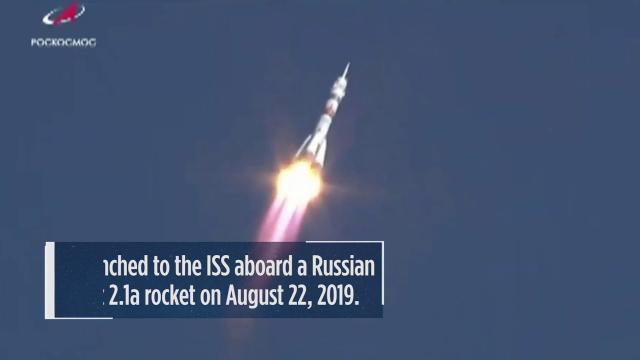
Russia's Humanoid Robot on Space Station - Plays With Drill, More
Added 402 Views / 0 LikesRussia's humanoid space robot Skybot F-850, aka FEDOR, is demonstrating its abilities on the International Space Station. Story: Meet Skybot F-850, the Humanoid Robot: https://www.space.com/russia-launching-humanoid-robot-into-space.htmlCredit: Space.com
-
09:32
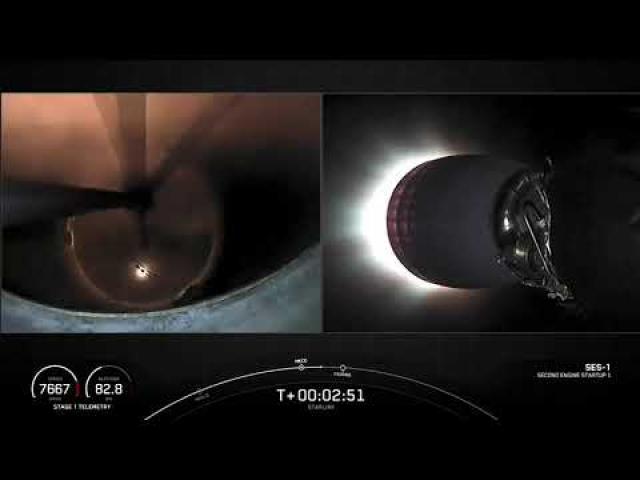
SpaceX launches laser-equipped Starlinks from California, nails landing
Added 236 Views / 0 LikesA SpaceX Falcon 9 rocket launched 51 Starlink satellites from Vandenberg Space Force Base in California on Sept 13, 2021. The first stage of the booster landed on the Of Course I Still Love You drone ship in the Pacific Ocean. SpaceX has added laser cross
-
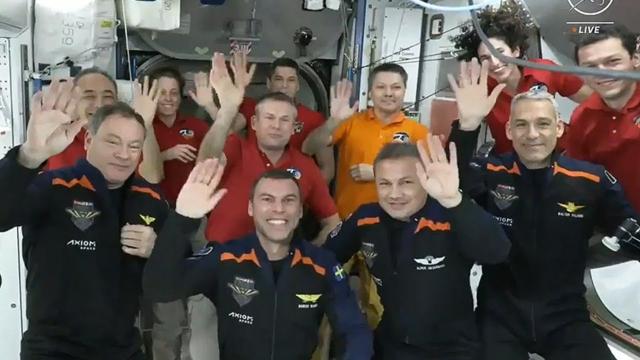
Watch live! Ax-3 crew bids farewell to space station ahead of SpaceX Dragon flight home
Added 122 Views / 0 LikesThe Ax-3 crew, commander Michael "LA" López-Alegría, pilot Walter Villadei and mission specialists Marcus Wandt and Alper Gezeravcı, say goodbye to the International Space Station in a farewell ceremony on Feb. 2, 2024. Broadcast courtesy: Axiom Space
-
01:10
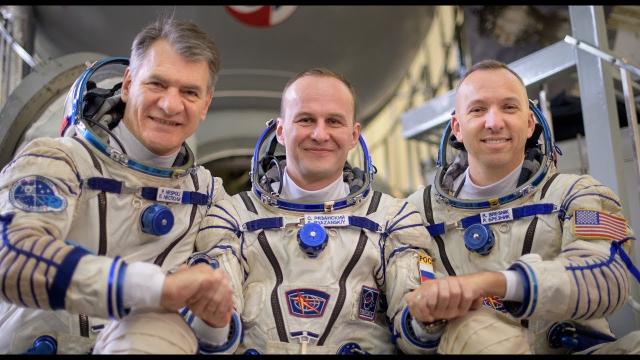
Expedition 52 / 53 Crew Conduct Final Qualification Exams in Russia
Added 629 Views / 0 LikesExpedition 52 / 53 Crew Conduct Final Qualification Exams in Russia
-
00:16
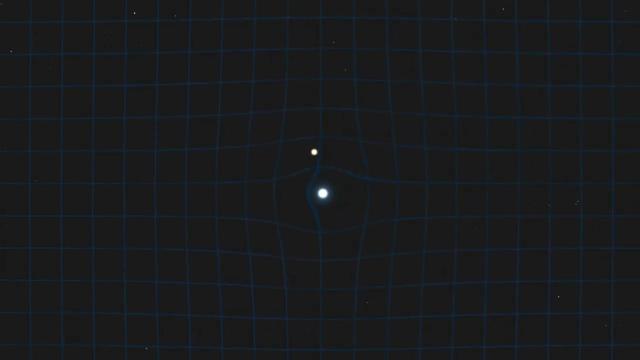
Gravitational Lensing: White Dwarf Passes In Front of Distant Background Star
Added 162 Views / 0 LikesMore information and download options: http://esahubble.org/videos/heic2301a/Credit:NASA & ESA
-
07:11
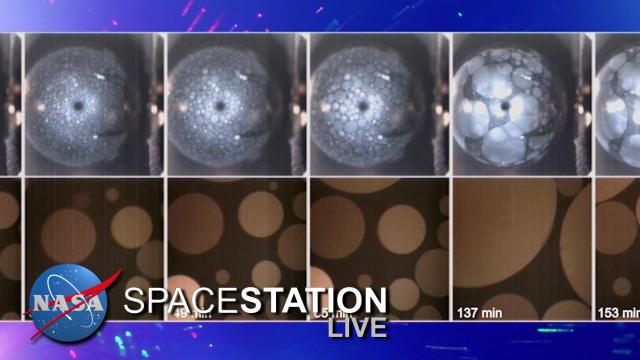
Space Station Live: A Crystal OASIS
Added 602 Views / 0 LikesSpace Station Live: A Crystal OASIS
-
01:18
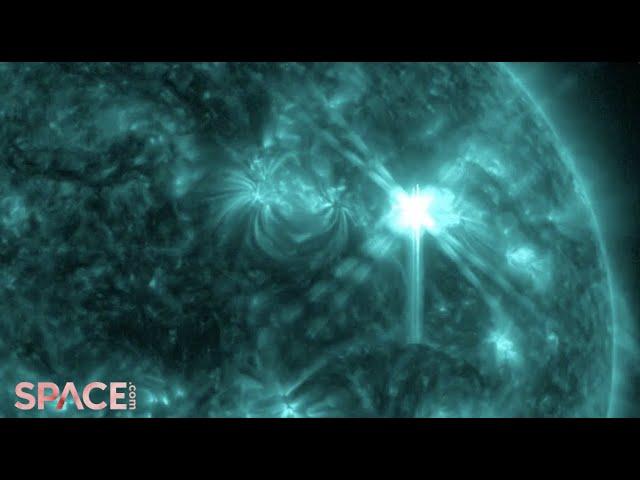
First solar x-flare of 2022 captured by spacecraft in multiple wavelengths
Added 204 Views / 0 LikesNASA's Solar Dynamics Observatory captured imagery sunspot AR2975 blasting an X-1.3-class flare on March 30. It was the first x-flare of 2022. Full Story: https://www.space.com/sunspot-unleashes-huge-x-class-solar-flareCredit: Space.com / footage courtesy
-
05:39
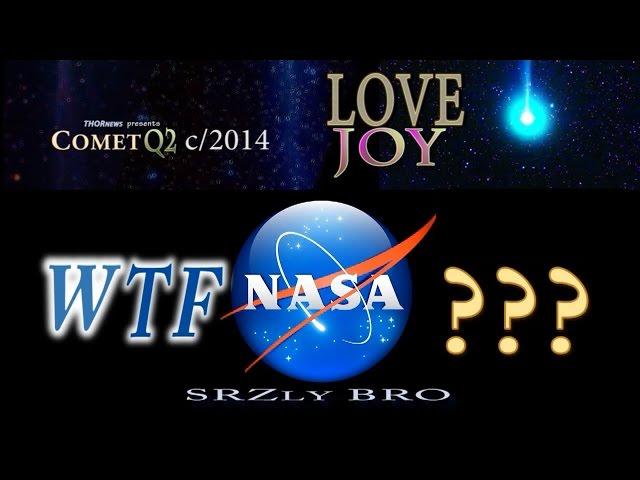
WTF NASA? Comet c/2014 Q2 LoveJoy Pt. 8 SRZLY BRO x Infinity
Added 841 Views / 0 LikesWTF NASA? Comet c/2014 Q2 LoveJoy Pt. 8 SRZLY BRO x Infinity
-
01:04
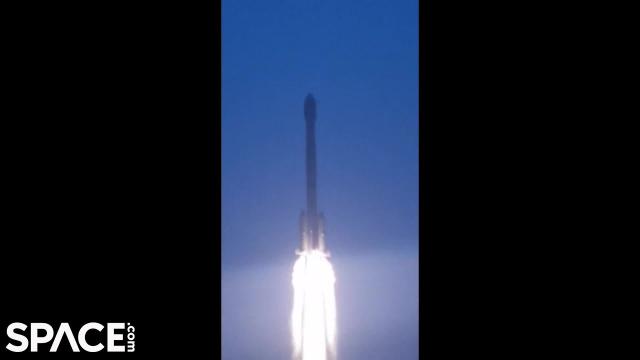
Blastoff! China launches APSTAR-6D telecommunications satellite
Added 392 Views / 0 LikesA Chinese Long March 3D rocket launched the APSTAR-6D telecommunications satellite from the Xichang Satellite Launch Center on July 9, 2020. The satellite will provide "broadband telecommunication services for airborne, shipborne, vehicle-borne, and other
-
00:25
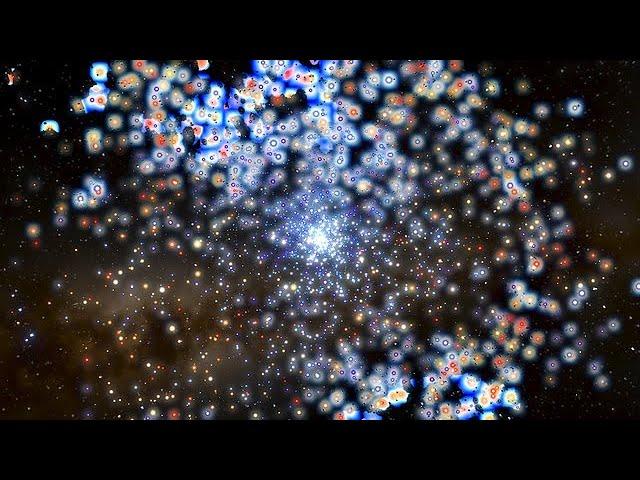
Animation of Blue Stragglers
Added 264 Views / 0 LikesThis animation (artist’s impression) shows the movement of blue stragglers in a star cluster over time. Blue straggler stars are blue, bright stars, with a higher mass than the average for a cluster, and they are expected to sink towards the centre of a s
-
01:03
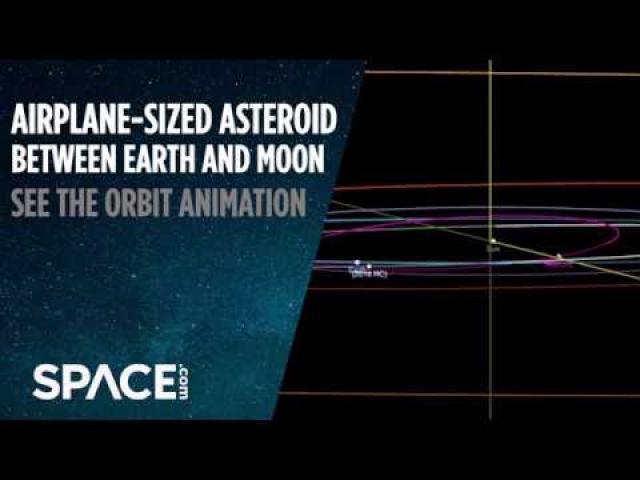
Airplane-Sized Asteroid to Fly Between Earth and Moon
Added 473 Views / 0 LikesRecently discovered asteroid 2018 RC will fly about 114,000 miles (183,465) away from Earth on Sept. 9, 2018. - Full story: https://www.space.com/41761-asteroid-2018-rc-flyby-closer-than-moon-webcast.html **Note: the closest approach distance was updated
-
05:52
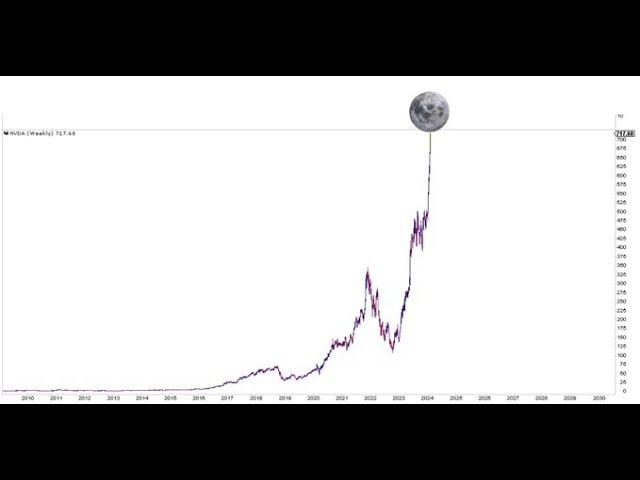
Red Alert! Tornadoes for the South USA Sunday & Monday? 6.3 Hawaii & 4.7 Los Angeles Earthquakes!
Added 127 Views / 0 Likesthings are very interesting.God bless everyone,Thttps://www.paypal.me/THORnewshttps://venmo.com/TEric-Lewison$THORnews on CashApphttps://www.patreon.com/thornews
-
21:01
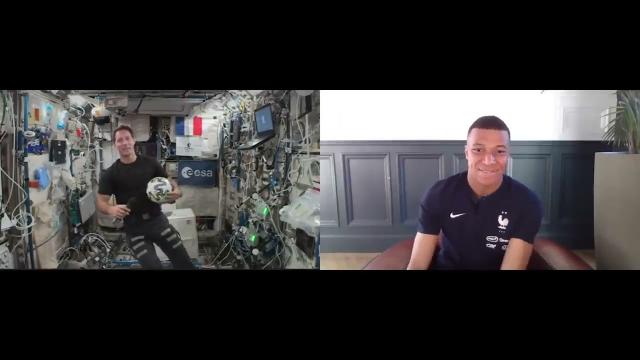
French soccer star Kylian Mbappé calls space station
Added 239 Views / 0 LikesAstronaut Thomas Pesquet talks with Kylian Mbappé about "science, life in space, teamwork, international collaboration, performing under pressure," and more, according to the European Space Agency.Credit: ESA/UEFA
-
09:00
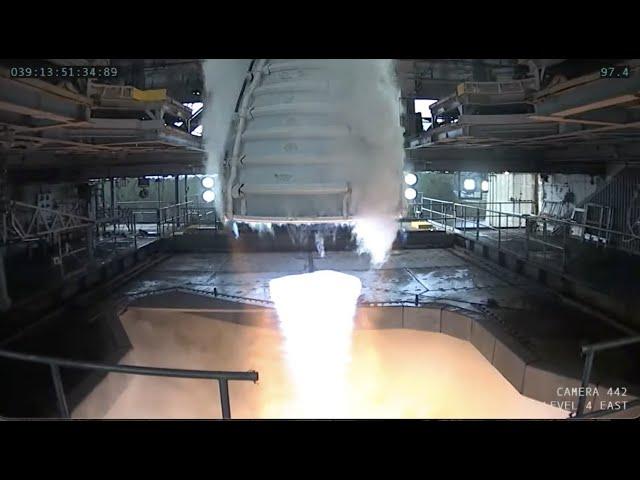
NASA fires up RS-25 engine to test new nozzle for 'Artemis V and beyond'
Added 179 Views / 0 LikesNASA has test-fired a "certification engine for the new batch of RS-25 engines" on Feb. 8, 2023 at the Stennis Space Center in Mississippi, according to Aerojet Rocketdyne. They tested a new nozzle that is designed to be used on Space Launch System rocket
-
01:21
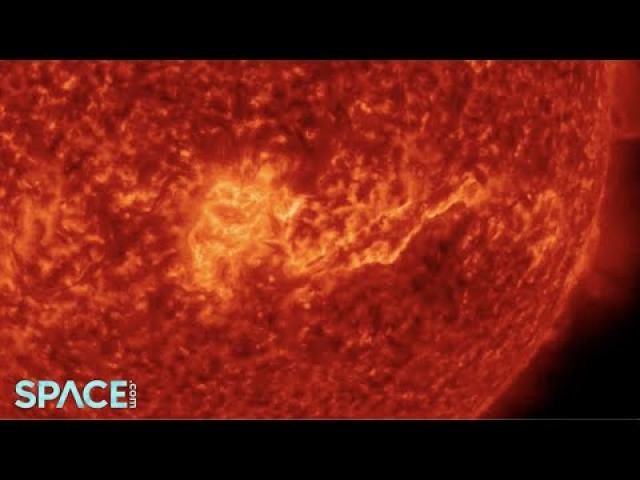
Solar filament tears away from sun carving 'canyon of fire'
Added 234 Views / 0 LikesA 'canyon of fire' formed on the Sun on April 3, 2022. NASA's Solar Dynamics Observatory captured the fireworks in multiple wavelengths. [Full Story](https://www.space.com/sun-plasma-filament-canyon-of-fire)Credit: Space.com / footage courtesy: NASA/SDO /
-
26:47
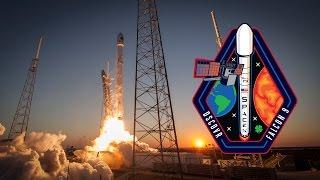
DSCOVR Launch
Added 384 Views / 0 LikesSpaceX’s customer for the DSCOVR mission is the United States Air Force, in conjunction with NOAA and NASA. In this flight, the Falcon 9 rocket will deliver the DSCOVR satellite to a 187 x 1,241,000 km orbit at 37 degrees. The DSCOVR launch window will op

